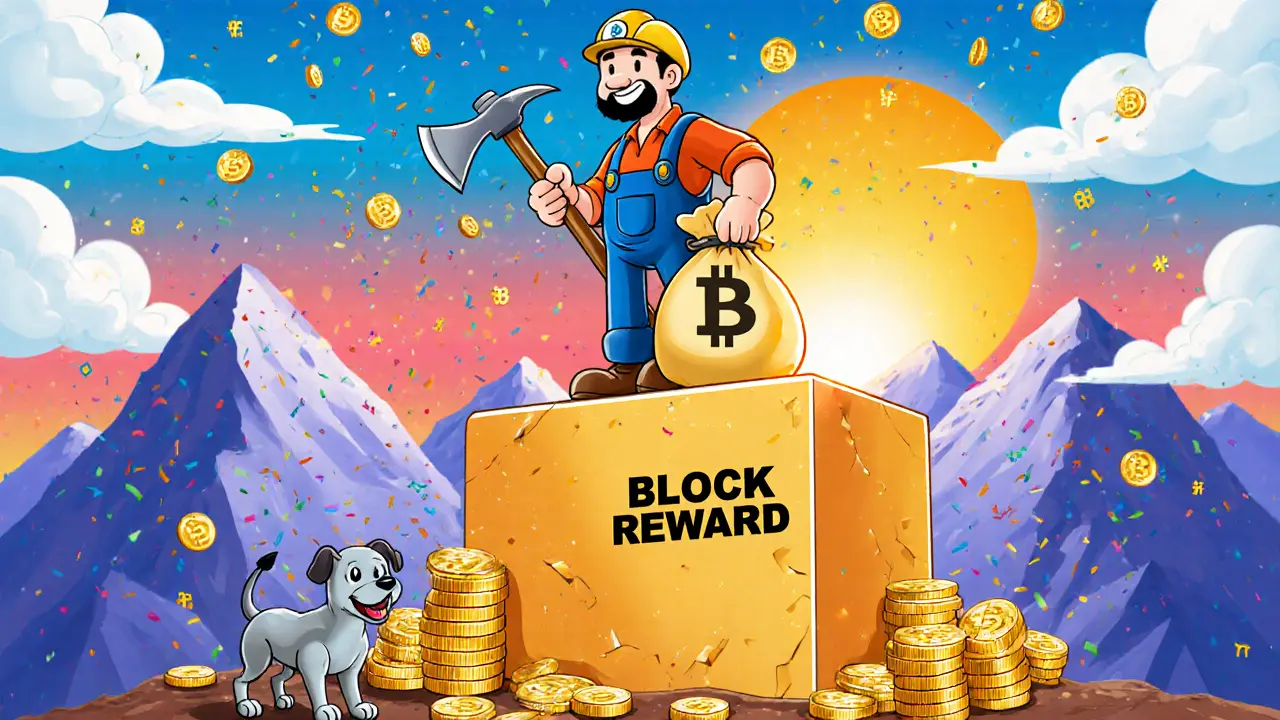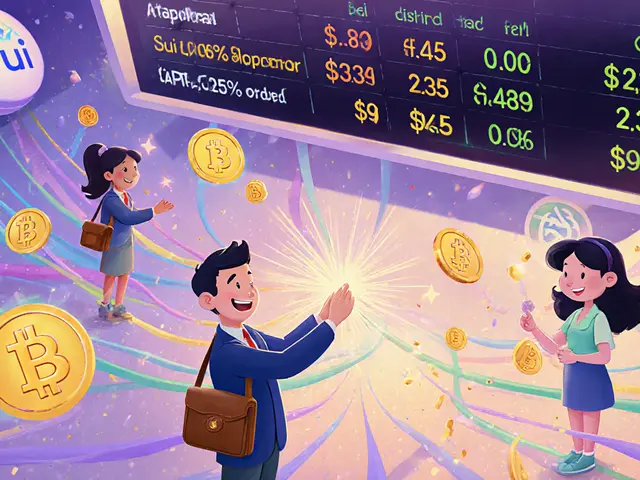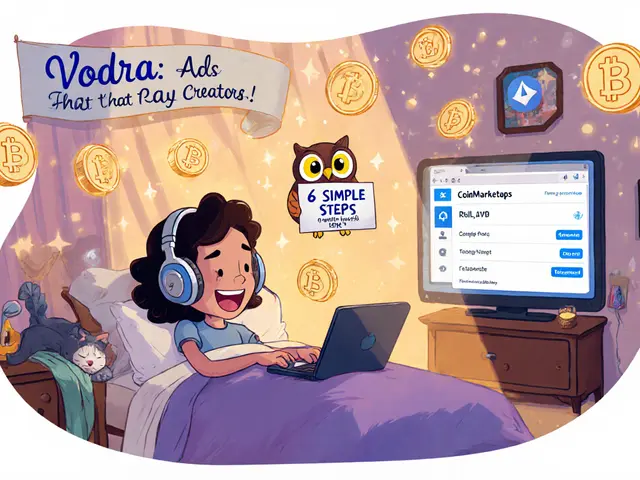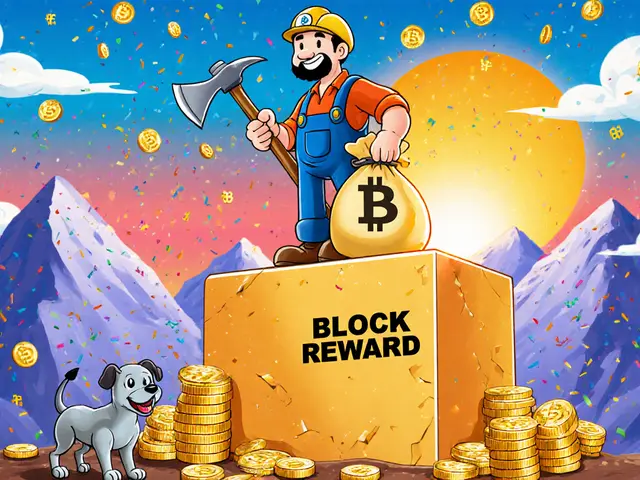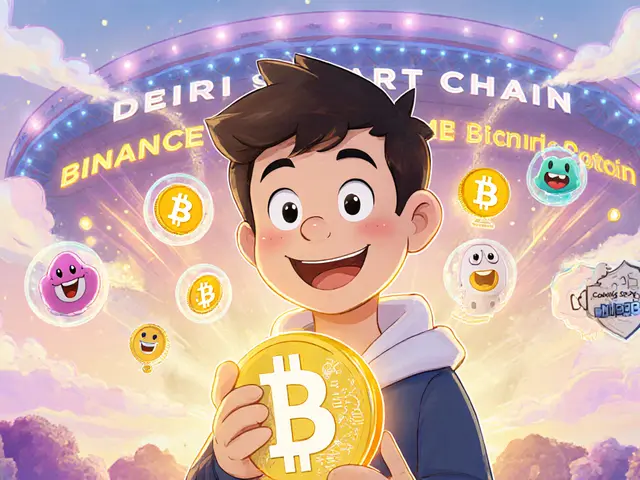Block rewards and transaction fees are the two ways crypto networks pay miners and validators. Bitcoin relies on halving subsidies and rising fees; Ethereum burns fees and pays staking rewards. Understanding both is key to knowing how crypto stays secure.
Transaction Fees Explained: What You Really Pay on Crypto Networks
When you send crypto, you’re not just moving money—you’re paying for space on a blockchain. This cost is called a transaction fee, the cost paid to miners or validators to process and confirm your transaction on a blockchain network. Also known as gas fees, it’s what keeps networks running, but it’s also where most people get burned. Not all fees are the same. On Ethereum, you pay in ETH. On Binance Smart Chain, it’s BNB. On Solana, it’s fractions of a cent. The difference isn’t just technical—it’s financial.
Why do fees spike? When too many people try to send transactions at once, the network gets crowded. Think of it like rush hour on a highway: more cars, slower movement, higher tolls. This happens often during NFT drops, airdrop claims, or DeFi rushes. Platforms like Aboard Exchange, a decentralized derivatives trading platform with cross-chain support and Karura Swap, a Kusama-based decentralized exchange try to reduce these costs by using Layer 2 solutions or alternative chains. But if you’re sending tokens directly from your wallet, you’re at the mercy of the base layer. That’s why checking fees before you hit send isn’t optional—it’s survival.
Some exchanges hide fees in plain sight. Armoney, CoinDeal, and others might say "zero trading fees" but charge more in slippage, withdrawal costs, or network fees you can’t control. Meanwhile, non-custodial wallets like Ledger or MetaMask don’t charge you directly, but they don’t stop the blockchain from charging you either. The real trick? Know which chain you’re on, when it’s busy, and how to time your moves. A $50 fee on Ethereum might be worth it for a high-value trade. A $5 fee on Solana for a $10 token? That’s a trap.
You’ll find real examples below—from how SunContract users pay tiny fees for peer-to-peer energy trades, to why Afghan crypto users avoid certain networks entirely due to cost and censorship. We’ve tracked fees across exchanges, wallets, and tokens so you don’t have to guess. Whether you’re claiming a WINGS airdrop, staking EQPAY, or trading ASR fan tokens, understanding transaction fees can save you hundreds—and keep you from becoming another statistic.
